#1/11/17
Explore tagged Tumblr posts
Text


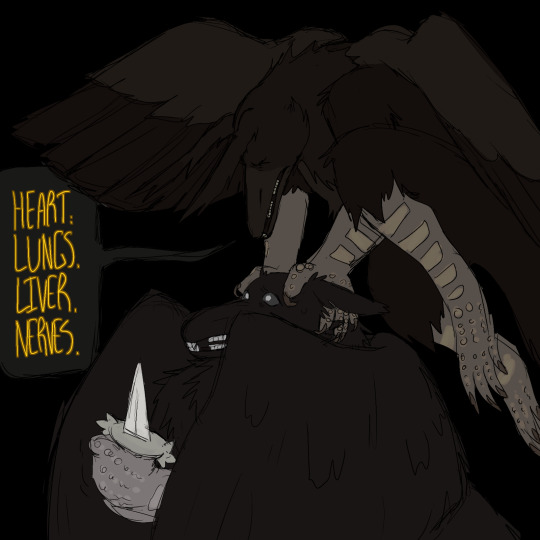
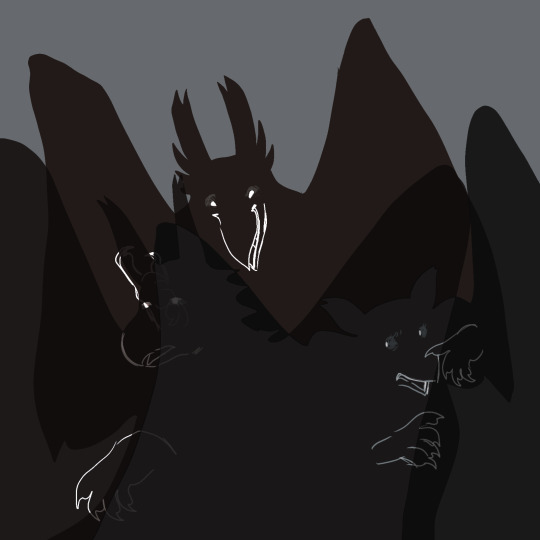







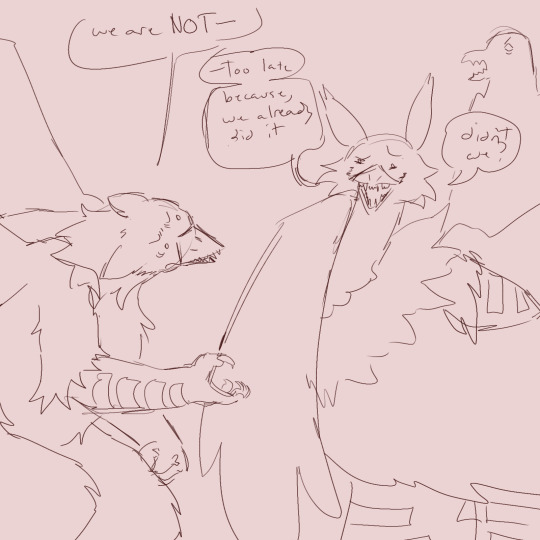
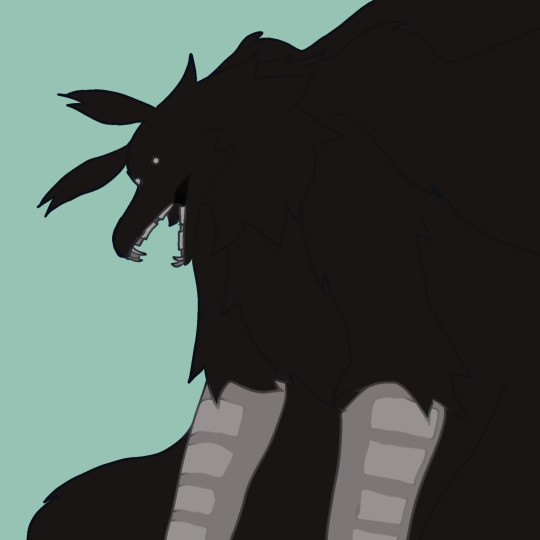
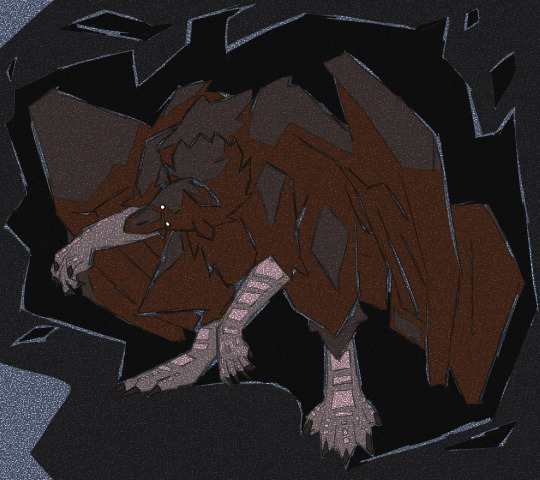
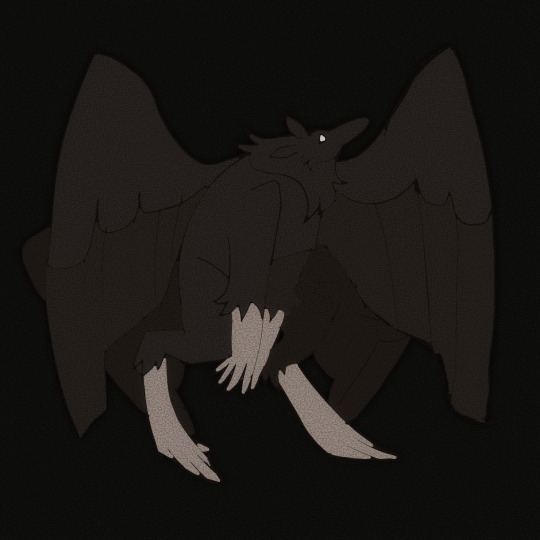




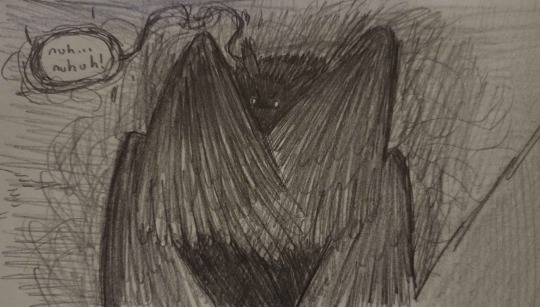
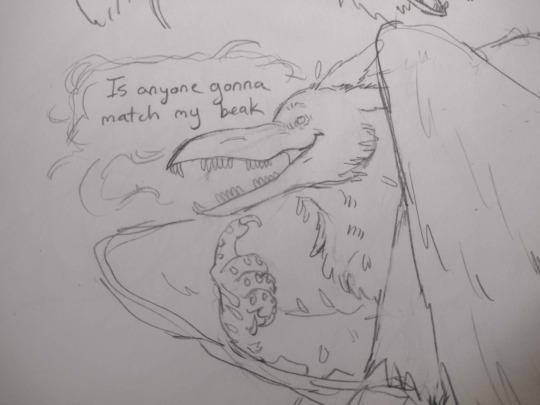

hands these to you
#slay the princess#stp#stp spoilers#stp the long quiet#stp princess#the long quiet#stp the voices#stp the hero#stp contrarian#uhhh not tagging all of them#of the voices the contrarian and hero show up the most here so theyre the only ones ill tag#my art#these are varying amounts old the first six being while i was still getting a handle on drawing the characters#andddd to clarify the voices:#paranoid is in 1 and 3#4 is opportunist cold and hero#5 is skeptic paranoid and hero#10 11 12 are contrarian and a bonus cheated#and 17 is hero :] i dont normally draw the voices w clothes but id thought it would be fun there#anyway this is a lot of tags. waves
273 notes
·
View notes
Text
cabin headcanons masterlist



a/n: these are all my personal headcanons. i will be making ones for more minor gods.
cabin 1- zeus ⚡️
cabin 3- poseidon 🌊
cabin 4- demeter 🪴
cabin 5- ares ⚔️
cabin 6- athena 🧠
cabin 7- apollo ☀️
cabin 8- artemis 🌙
cabin 9- hephaestus 🛠️
cabin 10- aphrodite 💗
cabin 11- hermes ⚕️
cabin 12- dionysus 🍷
cabin 13- hades 💀
cabin 14- iris 🌈
cabin 15- hypnos 💤
cabin 16- nemesis ⚖️
cabin 17- nike 🏆
cabin 18- hebe 🍶
cabin 19- tyche 🎰
cabin 20- hecate 🪄
cabin 21- hestia 🔥
cabin 22- thanatos 🪦
cabin 23- morpheus 🛌
cabin 24- melinoe 👻
cabin 25- persephone 🌸
cabin 26- eros 💘
cabin 27- nyx 🌌
#percy jackson and the olympians#heroes of olympus#pjo#hoo#pjo hoo toa#pjo fandom#hoo fandom#pjo series#hoo series#pjo cabins#cabin 1#cabin 3#cabin 4#cabin 5#cabin 6#cabin 7#cabin 9#cabin 10#cabin 11#cabin 12#cabin 13#cabin 14#cabin 15#cabin 16#cabin 17#cabin 18#cabin 19#cabin 20#cabin 21#cabin 22
334 notes
·
View notes
Note
oh i have to know what’s new with TBD <3
WIP Wednesday 4/17/24 | TBD
Andrew, for the life of him, still doesn’t know why exactly he decided to become a professional Exy player. He goes through the reasons that it isn’t the worst thing in the world once again in his head.
He was paid ridiculously well which meant he never needed to think about money again.
He had the flexibility in his schedule to do whatever he wanted during the off season.
It’s not like Exy is hard.
He thinks for a few more minutes on what other reasons there might have been for signing to play this stupid sport professionally and comes up empty. He can admit that part of the reason he may not be able to think about positives is the constant interruption to his thought in the form of camera flashes.
<<Prev | First | Next >>
#TBD AU#AFTG#AFTG AU#Andreil#Andrew Minyard#Neil Josten#TBD - Chapter 1 - 01#4-17-24 WIP Wednesday#WIP Wednesday Ask Game#11
86 notes
·
View notes
Text

Kimi Antonelli visiting a restaurant in Italy - 17/11/24
40 notes
·
View notes
Text




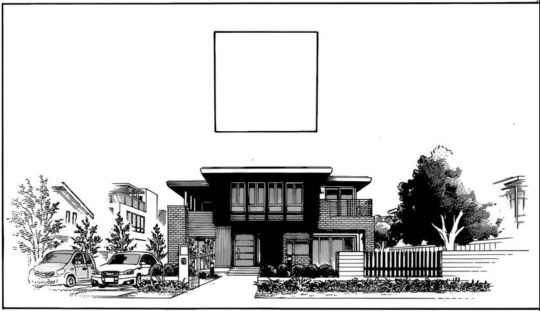




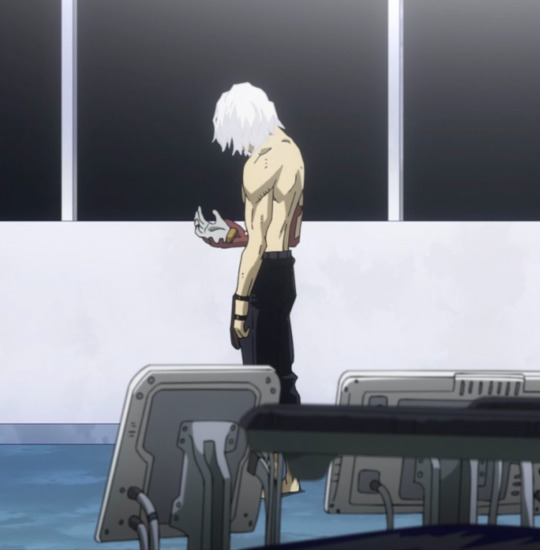









"death" (死 shi), "handle, grip" (柄 gara), "tree" (木 ki)
#so i've been working on this since the bow and arrow post. and oh boy have some things changed since then#sources in the tags as usual#bnha#shigaraki tomura#shimura tenko#mha#bnha spoilers#mha spoilers#manga spoilers#bnha manga spoilers#mha manga spoilers#i am so serious anime watchers. SPOILERS.#bnha web weave#mha web weave#tomura shigaraki#tenko shimura#web weaving#compilation#my webweaving#long post#sources:#(1) & (4) & (6) ocean vuong#(9) caitlyn siehl#(11) clementine von radics#(13) cassandra clare#(15) & (17) & (19) doctor who#q#happy birthday blog etc :')#shigaraki i will love u forever
39 notes
·
View notes
Text

"I’m just happy to see you"
(this pic is a cropped version of #2 from the 3/1/23 battlepass post)
#f1nn5ter#f1nn tweets#f1nn official pics#f1nn bunny suit#f1nn bunny ears#f1nn bulge#f1nn thighs#f1nn pink#f1nn battle pass#11 17 23#3 1 23#older photos to fill out the f1nn tag
69 notes
·
View notes
Text
Specific Hermitcraft rules cuz I'm bored:
1) Grian is to not have TnT unsupervised - X
2) Grian is required to go to therapy 3 times a week - X
3) Doc, leave the Ender Dragon in this time - X
4) No copious amounts of chickens or boats - X
5) STOP PUTTING POISON IN SOUP - X
6) Joel sleepwalks, stop pestering him about it - Etho Efo
7) No changing people's names on the rule board - X
8) I am going to stare until you go to bed, stop complaining - Keralis
9) Bdubs is only allowed to skip the night twice a week - X
10) No voids! - X
11) The moon is not big, stop joking about it - X
12) Baby shark is banned - X
13) Grian is banned from making music - X
14) Pearl is not allowed to flip animals that are not hers - Grian
15) Pearl is not allowed to disappear into space to get out of trouble - Grian
16) Do not wind up Pearl - Grian
17) Xisuma is not allowed to lock his office door - Keralis
18) Ren is not allowed to continue the Martren bit - Grian
19) Scar must accept that help is okay and that he's allowed to ask for it - Cub
20) STOP SUMMONING LIZZIE JOEL! HOW ARE YOU EVEN DOING THAT?! - Gem
21) Skizz, please stop trying to fly without an elytra - Impulse
22) Tango needs to be seen outside of his projects at least twice a day - Zed
23) Joe is flammable, that is not an excuse to set him on fire - X
#hermitcraft#context:#1 - self-explanatory#2 - he has lotta trauma#3 - it kept breaking the server#4 - Grian#5 - Soup group got a bit ambitious#6 - they do that#7 - aimed at Gem#8 - everyone's ridiculous sleep habits#9 - some Hermits are more nocturnal than others#10 - Boatem sacrifices were not funny to X#11 - Xisuma may have anxiety around moon big#12 - pesky bird#13 - pesky bird#14 - cows go wee#15 - she did that on Evo#16 - Martyn knows all about it#17 - Xisuma once worked for two weeks straight u#18 - it scares everyone#19 - Scar is bad at admitting he needs help sometimes#20 - Joel is a s i m p#21 - Skizz might be an angel but he can't fly#22 - Decked out 2#23 - blame Cleo
9 notes
·
View notes
Text

#tom hiddleston#tom hiddleston edit#hiddleston#hiddlestoners#twhiddleston#thomaswilliamhiddleston#hiddlestoner#hiddlesarmy#hot hiddleston#dammit hiddleston#thomas hiddleston#tom hiddleston characters#hiddles#hiddlesedit#loki#loki edit#thor 1 loki#og loki#my edit#shae annelore#viv annelore#17/11/23
60 notes
·
View notes
Text
I’m not excluding Peter because I think he wasn’t a part of the four, I am excluding Peter because I don’t like him. Hope this helps
#also the whole oh he did nothing when he was young thing is bullshit it lmao#y’all do realize he had 10 years#they met at 11#he officially betrayed everyone at 21#which means he prob became a DE a few years before#because why would Voldemort trust him in any way#he prob became one when the whole thing kinda started#so say that’s what 3 or 4 years before??#this means he didn’t betray them at 21#he did at 17#so they met at 11#had maybe 1 or 2 years of getting inseparable#which takes us to 13#and then at 17 he betrayed everyone#young Peter is lit the one who did bullshit#and he can go suck a dick#also it it’s disgusting behavior to betray people close to you#and young Peter is in fact the one who did that#maybe child Peter didn’t#but what?? he was a child and then the moment he developed a personality he betrayed everyone??#he’s excused from shitty behavior because his 12 year old self didn do anything?#I sure hope he wouldn’t because who does heavy bullshit at 12 lmao you’re barely out of the diaper era
9 notes
·
View notes
Text
Favourite Episode Masterlist
#tma#the magnus archives#tma poll#tma season 1#tma season one#tma 11#tma 12#tma 13#tma 14#tma 15#tma 16#tma 17#tma 18#tma 19#tma 20#magpod
26 notes
·
View notes
Text
sometimes its so crazy to realize that there's actually a lot of things i like. that i thought i didn't like because i was a depressed teenager. i love being outside! i love swimming! i love talking to people! even strangers sometimes! i love getting dressed in fun outfits and doing makeup! i love reading and going to art museums! i just thought i was doomed forever to a life of complete and total apathy and void! and now look at me! still a little shaky but i'm doing it!!!!!
#reaching back thru the spacetime continuum to grab 15 year old bunny and shake him by the shoulders a little bit and go hey!!!#it's not ALWAYS gonna be like this!!!#one day you're gonna be 23 and it'll still be like this sometimes!!!#sometimes you'll still wake up and feel it but it won't be all the time!!!!!!#you're gonna have friends who know you and see you even the ugly parts of you#and they're still gonna love you anyways!!!!! it's not over yet i promise!!!!!!#and then one day when i'm 34 i'm sure i'll think the same thing about me now#but until then! it's me and myself when i was 22 and 21 and 20 and 19 and 18 and 17 and 16 and 15#and 14 and 13 and 12 and 11 and 10 and 9 and 8 and 7 and 6 and 5 and 4 and 3 and 2 and 1
13 notes
·
View notes
Text
Guy. Did you know i’m a ANIMATOR???????????,???????????
(well duh you probably already knew)
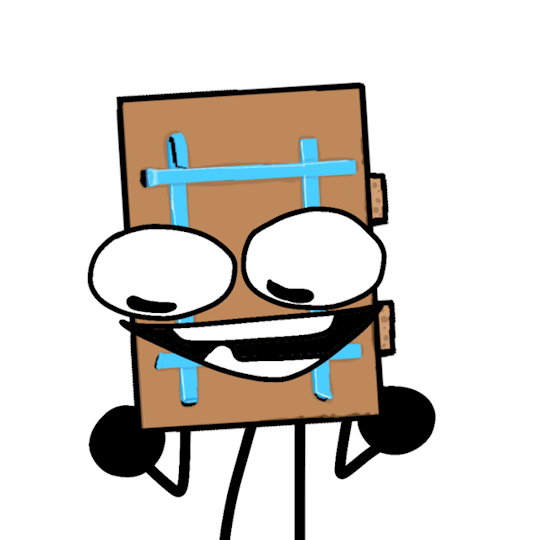
#animation#flipaclip#animations#animators on tumblr#2d animator#2d animation#everywhere at the end of time#eateot#necrotomigaud#tomi#15fps#15 frames per second#44 frames#1000x1000#1:1#square#mobile animation#iphone 11#ios 17.1.1#ios 17#ios 17.1#gif#looping animation#looping gif#loop#covers of dement#powka eyes#powkafix#powkafix style#lilamoka
40 notes
·
View notes
Text
Alright I have a lot of ocs for Percy Jackson, but I don’t have a lot of powers for them. Like, the most interesting power I have rn is an Apollo kid who can inflict plague and sickness on other people. All my other characters? Lame! So, give me suggestions on powers for any cabin that aren’t just “Oh, a son of Poseidon controls water”.
Thanks :)
#percy jackson#percy jackon and the olympians#cabins#cabin 1#cabin 2#cabin 3#cabin 4#cabin 5#cabin 6#cabin 7#cabin 8#cabin 9#cabin 10#cabin 11#cabin 12#cabin 13#cabin 14#cabin 15#cabin 16#cabin 17#cabin 18#cabin 19#cabin 20#demigods#power#magic
17 notes
·
View notes
Note
More Moriyamas family drama ! :
WIP Wednesday - 11-1-23 (Open) | Math Nerd AU
What follows is a rapid fitting to make sure that the suits fit his brother properly. In the end Riko does look good in the blue suits in the various shades they had gotten for him.
He looks at his brother's hair, split ends and all, and decides that a trim can wait for now.
The tea had awakened his appetite and their reservation was waiting for them. "Send the bill." Ichirou states.
"No, it is my honor to-"
Ichirou will not lower himself to owing anything, "Send the bill." he reiterates.
#Math Nerd AU#AFTG#AFTG AU#Riko Moriyama#Ichirou Moriyama#Math Nerd - Moriyamas - 17#11-1-23 WIP Wednesday#WIP Wednesday Ask Game#7
62 notes
·
View notes
Text

Lewis Hamilton with his dog Roscoe - 17/11/24
43 notes
·
View notes
Text
you ever think about how pretty much the only reason we use base10 is because we have 10 fingers and if everyone had 6 fingers on each hand we'd use base12 and never even think a thing of it and also math would be pretty much better in every way?
#i think for this september's existential crisis i'm gonna become a base12 truther#and bc i know everyone on this website is math illiterate so to clarify:#the way base12 works is that we have a few extra digits between 9 and 10#so to count we go:#0 1 2 3 4 5 6 7 8 9 X Y#so X = 10 and Y = 11#then '10' = 12#so the next step of counting goes:#10 11 12 13 14 15 16 17 18 19 1X 1Y#(i know this looks insane to you but the only reason for that is because you are used to base 10 i promise this makes sense#if you throw away everything you know and come at it with fresh eyes)#so anyways in this case '11' = 13. '19' = 21. 1X = 22. 1Y = 23#and '20' = 24#bc the tens column is not the tens column it's actually the twelves column#so each [number] in the second column does not mean 'add [this many] 10s to this' it means 'add [this many] 12s to this'#and this would not be tricky at higher numbers bc in base12 twelve is not counted as 'ten and two' it's just its own thing#in fact it would be harder to multiply by tens bc 10 would be the equivalent of like. 8 here.#it's not its own thing (ten) it's actually 'twelve minus two'#to count by tens goes '0 Y 18 26 34 42 50' and '50' is of course 10x6 in this case so it equals 60 in base10#not hard#there's a pattern to it.#but it's not as easy as counting by 12s#anyways we already have base12 systems and i like them they are very easy to divide#it's only harder than base10 bc arabic numerals are base10 so it's harder to depict base12 logically in a base10 system#hours are base 12. inches to feet are base 12#anyways this post is legally classified as scifi and/or speculative fiction#or. fuck. it's not even fictional#this is how math would work in a different system#sci-nonfi#speculative nonfiction
7 notes
·
View notes